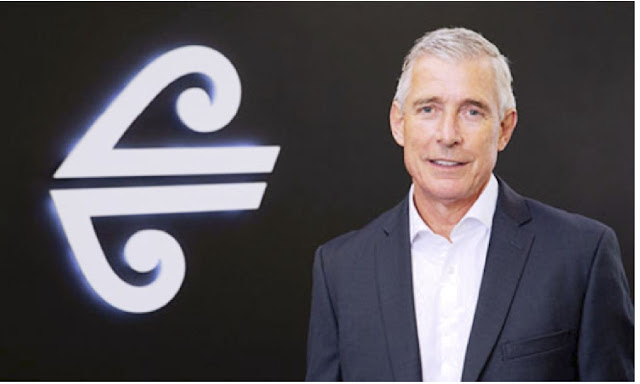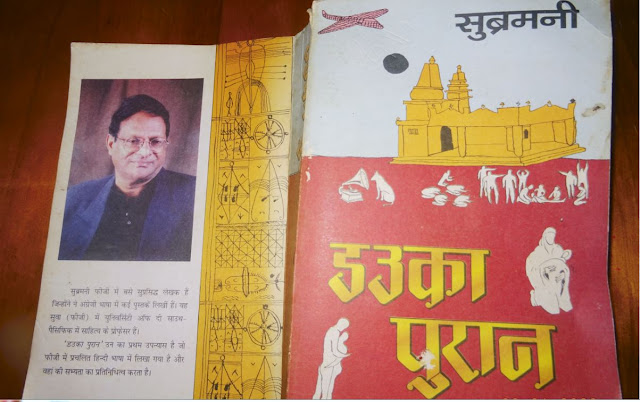The Killer Virus we get from Auckland Council
Thakur Ranjit Singh
That is exactly what happens if you get a boss to run the biggest business in New Zealand, Auckland Council, by a career politician. We have allowed Auckland Council to be headed by a person who has not even run a corner store but who, throughout his political life, has been using other people’s money, without any shareholder accountability or constraints of profitability. Hence we get a mayor we deserve.
Thanks that Air New Zealand, as a prudent company has recruited a former Walmart CEO who has done bigger things and managed a bigger business than Air New Zealand. The airline is thankful for its new CEO Greg Foran, who has economic business acumen, business foresight, and sheer common sense in these unprecedented trying times. Hence, based on demand, he has grounded 95% of flights and has parked the unused planes to cool off and serviced while running skeleton charter, domestic and cargo flights, which make economic sense.
On the other hand, Phil Goff’s Auckland Council’s Uncontrolled Council Organisation, (read CCO), Auckland Transport are running empty buses on all its routes and operating 95% of service, if not 100%. Same with its rail network, burdening ratepayers with huge unnecessary bills while pretending to provide a service to a city in lock down.
I stay in Te Atatu Peninsular on the routes 131 and 132. Most passengers I saw were no more than two a few times, and none most other times. Most vehicles running on my street are the empty Metro buses-more than cars. As a ratepayer, each time those empty bigger buses (eight-wheeler double axle, with rear door) rumble past my house, it seems to run on my heart, as I with other suffering ratepayers are paying for this economic silliness and folly of Auckland Council, bereft of any business sense and ratepayer responsibility.
 |
| Empty bus, Route 132 in Te Atatu Peninsula. Such empty buses make some 100 empty trips per day from City. Isn't Auckland Transport playing with ratepayers money? |
They why is Auckland Transport allowed to run its buses, trains and ferry empty when Auckland and New Zealand is in lock down? As I am typing this at 10.30 pm on Wednesday evening, April Fool’s Day (1 April, 2020), 7th day of lock down, those empty buses still run past my house, with my heart crying out for the ratepayers. And same is the story around the city, and I hope other ratepayers see this wastage and may raise their concerns, once they have stocked on their supply of toilet paper and flour.
 |
| Another empty bus in Te Atatu Peninsula on 1 April, 2020. This is Route 131. Wonder how many hundreds of other empty buses are running in a locked down city, resulting in wastage of ratepayer money. |
Ironically, I see the Mayor now has set up a Mayoral Business Advisory Panel, while the Council itself is committing this blatantly careless financial idiocy which we ratepayers will pay for.
If this is time to tighten our belts and save money, why is there blatant waste of Auckland ratepayer money by those who could not even seem capable of organising a piss up in a brewery?
Can Phil Goff and his Mayoral Business Advisory Panel please respond to these questions?
1) How many passengers’ respective bus routes 131 and 132 carried in the first seven days of the lockdown?
2) How many such buses, trains and ferries are running throughout Auckland?
3) How many passengers did they carry throughout Auckland?
4) What is the total cost to Council for running these unnecessary, almost passenger-less services for the last week, and how much was cost per passenger?
5) And the killer, what, if any prudent financial management will Auckland Council mount to counteract this unprecedented economic situation? Will there be a wage and salary cut and freeze?
6) And now to Jacinda Ardern, Grant Robertson and Local Government Minister (if she at all knows what is happening in the Council) – With such Financial absurdity, what recourse, if any, do we suffering ratepayers have for a very wanting business and finance leadership at Auckland Council?
I invite the movers and shakers resident in my suburb of Te Atatu Peninsula to come and let’s sit two meter apart outside my house and cry together as these multiple empty buses rumble through each way. Will Transport Minister, Phil Twyford, Chair Henderson Massey Local Board, Chris Carter, former Westie Councillor Penny Hulse, National List MP Alfred Ngaro and John Tamihere accept my invitation to witness this Council recklessness?
I hope the Mayor Phil Goff’s Mayoral Business Advisory Panel, together with brains in Auckland Council can make some strategic targeted decisions, and not choose one-size- fits-all attitude in these difficult times.
All we call upon is to properly assess different locations and provide scaled down services as warranted, so we are able to reduce wastage in these trying times.
[Thakur Ranjit Singh is a media commentator, a journalist and community worker. He runs his blog FIJI PUNDIT]

































